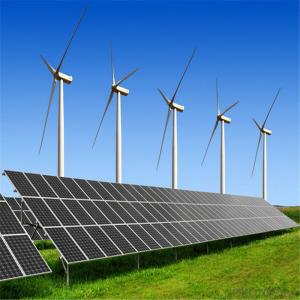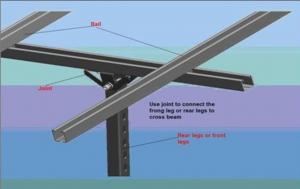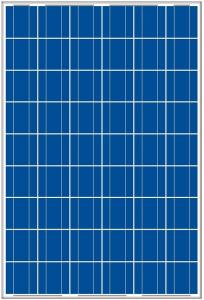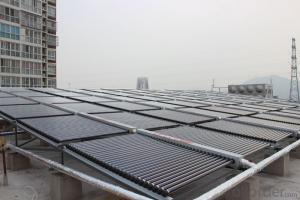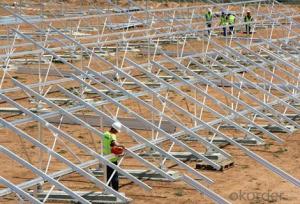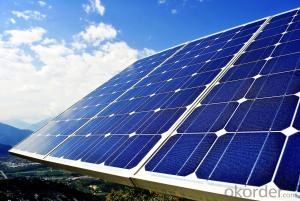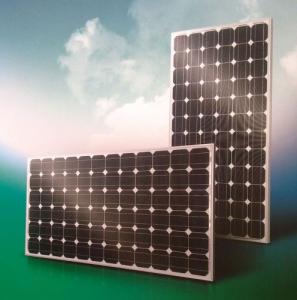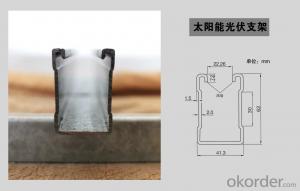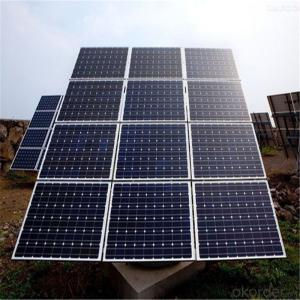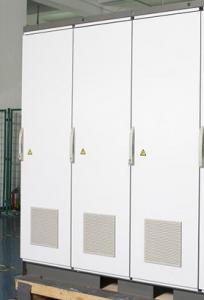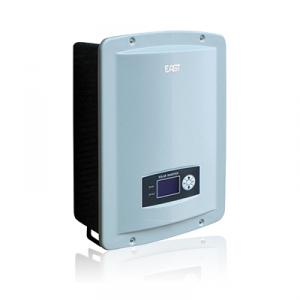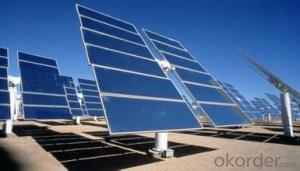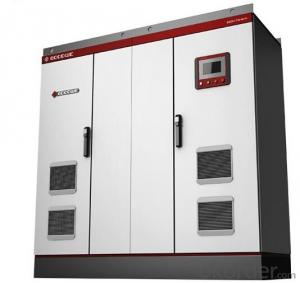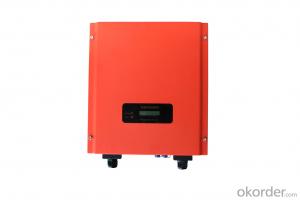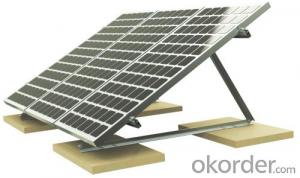Rv Solar Inverter Kits
Rv Solar Inverter Kits Related Searches
Rv Solar Kits With Inverter Rv Solar Inverter Kit Rv Solar Kit With Inverter Rv Solar Panel Inverter Kit Rv Solar Inverter Systems Rv Solar Inverter Rv Solar Power Inverter Inverter For Rv Solar Solar Inverter Rv Solar Inverter For Rv Solar Power Inverter For Rv Rv Solar System With Inverter Best Rv Solar Inverter Rv Solar Setup With Inverter Rv Solar Inverter Setup Rv Solar Inverter Charger Best Solar Inverter For Rv Solar Panel Inverter For Rv Solar Inverter Kit Solar Panel Kits With Inverter Solar Kit With Inverter Solar Power Inverter Kit Rv Solar Cells Power Inverter Solar Kit Solar Power Kit With Inverter Solar Battery Inverter Kit Micro Inverter Solar Kit Residential Solar Inverter Solar Inverter Pcb Kit Lvrt Solar InverterRv Solar Inverter Kits Supplier & Manufacturer from China
Rv Solar Inverter Kits are comprehensive systems designed to harness solar energy and convert it into usable power for recreational vehicles. These kits typically include solar panels, inverters, charge controllers, and necessary wiring to facilitate the efficient transfer of energy. They are engineered to provide reliable power supply for various electrical appliances and devices within an RV, ensuring a seamless and eco-friendly travel experience.Rv Solar Inverter Kits are widely utilized in a variety of scenarios, such as off-grid camping, boondocking, and long road trips where access to conventional power sources may be limited. These kits enable RV owners to enjoy the benefits of solar power, reducing their reliance on fossil fuels and minimizing their environmental impact. By using solar energy, RV travelers can power essential appliances like refrigerators, air conditioning systems, and lighting, enhancing their overall travel experience while being mindful of sustainability.
Okorder.com is a reputable wholesale supplier of Rv Solar Inverter Kits, boasting a vast inventory of high-quality products. They cater to the needs of RV enthusiasts and businesses alike, offering a diverse range of solar power solutions tailored to different requirements and budgets. With their extensive selection and commitment to customer satisfaction, Okorder.com has become a trusted source for those seeking reliable and efficient Rv Solar Inverter Kits to enhance their off-grid adventures.
Hot Products

